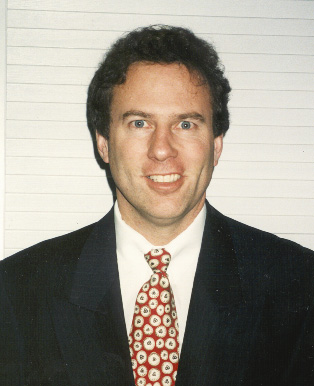More Content, More Content, More Content!
The Carmel Group’s most recent across-the-industry study looks at where the video industry is headed in the next 3-5-to-7-year time span, focused almost entirely on the content side of the business.* We asked questions of 30+ key C-Level executives representing a macro cross-section of the federal government, trade groups, telecom law firms, content originators, content distributors, content infrastructure providers (e.g., Content Distribution Networks (CDNs) and hardware providers), TV media, “new media” and “old media” stalwarts, and even a strong representative from PBS, as well as from a couple of top-rated New York City banking/financial institutions.
Specific Participants
In addition to the above-named organizations, representative of the companies and other entities interviewed were Comcast, Time Warner Cable, Suddenlink, Cox, NBC, CBS, ABC/Disney, DirecTV, DISH, Fox, New Bay Media, Technicolor, Viacom, Vudu, Roku, Netflix, Hulu, MovieLink, American Cable Assn., NCTA, BTIG, Cisco, Arris, TiVo, Harris, MoffettNathanson, and the Motion Picture Association of America (MPAA).
Some general takeaways include the ideas that existing rights and legal restrictions continue to hamper the growth and development of new media (while artificially protecting “old media”), and that the number of hours of viewing time will continue expanding, thus creating a demand for more and more content of all types and varieties.
Hundreds of additional points and data are beyond the scope of this article, however, suffice it to say the Number One Takeaway was an almost universal belief in the strength and value of more content. This then lead to the idea that there are great opportunities for those who can help improve end-users’ access to that video life blood.
Video Winners
These would include opportunities for those who can be the best at getting the video to people via infrastructure, new hardware, and better guides and recommendation services. Stated another way, those that can help get the most content to the most viewers, and have that content be as close as possible to the optimum content creating the optimum viewing experience…these are the future video winners.
Video Dysfunction
Listed among those things that are “not working” in today’s video worlds are things such as control over the business (and traditional relationships), technology in general, new devices, audience fragmentation (especially the youth markets), advertising, and legislation (that then creates more uncertainty). Measurement and packaging were also deemed rather disconnected and in need of significant repair.
Mapping The Ecosystem
Also accompanying the study is an “old media” and “new media” mapping of the overall video landscape that is developing, in graphic form, focused mostly on software/content, but also on devices and hardware. This shows that an awful lot of “old media” are still grappling with how to relate to “new media,” but that a couple of rather impressive members of the “old media,” e.g., ABC/Disney and CBS, are making the most of the changing chaos.
* Note that several questions elicited interesting responses also related to equipment and hardware, which would be of interest to numerous related companies such as Arris, Cisco, TiVo, Harris, and Imagine, for example.
Jimmy Schaeffler, a telecom/media author, is chairman and CSO of The Carmel Group (www.carmelgroup.com), a streaming/broadband, broadcast and pay TV/video consultancy based in Carmel-by-the-Sea, Calif.
Multichannel Newsletter
The smarter way to stay on top of the multichannel video marketplace. Sign up below.
Jimmy Schaeffler is chairman and CSO of The Carmel Group, a nearly three-decades-old west coast-based telecom and entertainment consultancy founded in 1995.

